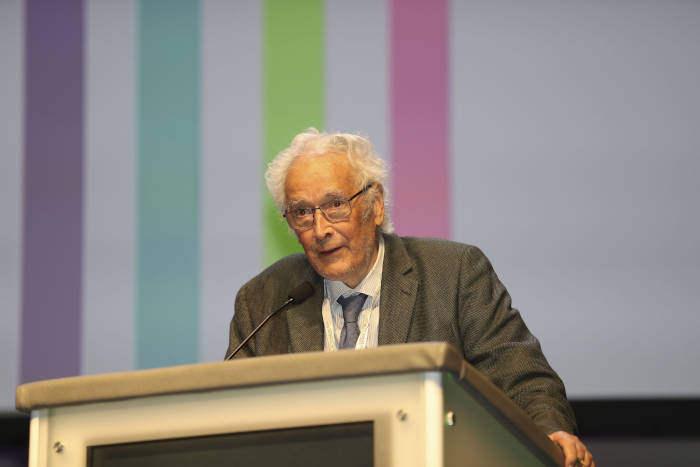Research Associate/Assistants
We currently have no vacancies for post-docs.
PhD Students
The group is always looking for highly qualified and motivated students who are interested in completing a PhD in the group. A selection of potential PhD projects is listed below, for further information on individual projects contact the academic listed. Prospective gradate students in Cambridge must apply through the University graduate admissions website, to the Department of Engineering's graduate school naming the supervisor with which you would like to work. Information on funding for prospective students in available here.
Economic access to high magnetic fields via Pulse Charging of superconducting rings
This project is advertised as part of the CDT in Superconductivity. Please see the CDT's web page for more details.
For applications please see the CDT's page on the University PG admission website.
The pulse charging of bulk superconductors [Zhou et al 2021 Supercond. Sci. Technol. 34 034002] has been established as a economic route to achieving magnetic fields in excess of those possible with conventional magnets. Here a cryogenically cooled bulk superconductor is charged using a conventional copper coil driven from a capacitor bank. Compared to traditional superconducting magnets these devices can be much cheaper and simpler . A potentially transformative extension of this would be using pulse charging to charge rings of bulk superconductors arranged into a solenoid. This would allow higher and more uniform magnetic fields to be achieved and allow use in applications such as desktop NMR. [Durrell et al 2018 Supercond. Sci. Technol. 31 103501] Pulse charging of bulks is made possible by a non-equilibrium process, essentially a magnetic quench, and occurs at a particular combination of magnetic field, temperature and pulse shape [Zhou et al., Supercond. Sci. Technol. 33 (2020) 034001]. This allows the magnetic field to penetrate the bulk and subsequnetly become trapped using a peak field of the order of that which is to be achieved when the usual pseudo-DC model of charging would require twich that field. Unfortunatly in the ring geometry we find that too much heat is generated by flux moving through the ring into the central space for significant magnetic fields to be achieved. [Beck et al 2022 Supercond. Sci. Technol. 35 115010] Ongoing work on this problem in Cambridge indicates that this technical challenge could be addressed by improving the way in which heat is extracted from the superconducting rings, this could be by using thin sliced with copper inter-layers, or by using samples with holes filled with thermally conducted materials. The aim of this PhD would be to address the currently limitations of pulse charging ring bulks and develop a proof of concept magnet that would suit practical applications.

